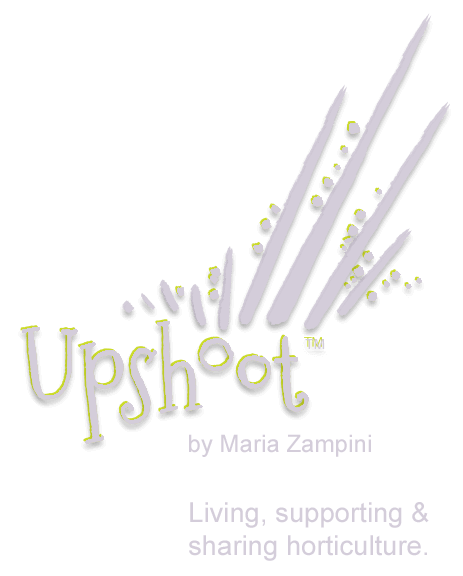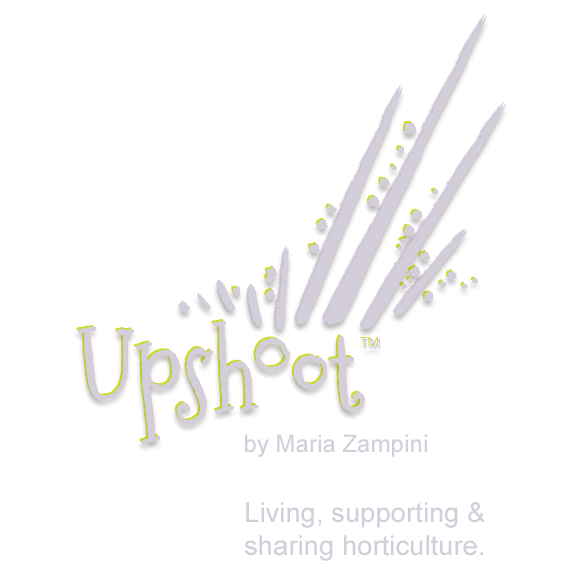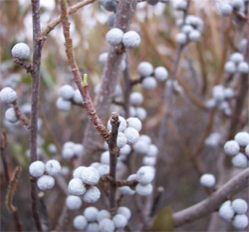<
We simply love the following article from Audubon magazine about the best plants for refueling our feathered friends during the cold, winter months. This time of year many of us are thinking about editing our gardens come spring; pulling out some plants, moving others and of course, researching what we want to add in the spring. While considering bloom time, height, shape and form of your new plants, also consider how you can add some high energy plants for the birds. UpShoot is happy to share that we have cultivars of many of the top plants mentioned in the article: Bobbee™ Bayberry, Ultra™ Common Hackberry and dentatum viburnums including Raspberry Tart™ Arrow Wood Viburnum, Fireworks™ Arrow Wood Viburnum and Blue Blaze™ Arrow Wood Viburnum.
Turn Your Yard Into a Winter Refueling Spot for Birds
Small songbirds face big challenges in winter–most of all, keeping warm. Consider the black-capped chickadee, one of the most common North American wintering birds. These lilliputians lose heat quickly because their surface area is large for their mass; they weigh about as much as a dozen paperclips (a third of an ounce) but stretch 5.5 inches long. Meeting that challenge means ramping up the number of hours they devote to feeding and seeking out foods rich in antioxidants and fats. At night chickadees cram themselves into tiny cavities and shiver, burning the day’s fuel to keep from freezing.
You can help chickadees and many other birds by planting native shrubs and trees yielding the right berries. Choose plants that are native to your region (see plant list) because birds (like the Bohemian waxwing, above) recognize them, and thus spend less energy foraging. Make sure to pick types that will thrive in your particular microclimate–a yard’s soil and environment. A plant that prefers moist soil, for instance, won’t do well on a hot, dry site. Nor will one that needs full sun thrive in shade. Planting native species is a surefire winner for everyone: You can have your beautiful berries and the birds can eat them.
12 Top Berry Producers
NORTHEAST (Pennsylvania and north)
Northern bayberry (Morella [Myrica] pensylvanica)
Partial shade, moist soil; needs both male and female plants to produce berries; can tolerate salt spray and coastal locations.
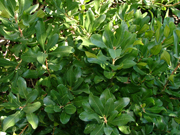
Myrica pensylvanica ‘Bobzam’
Southern arrowwood (Viburnum dentatum)
Sun to partial shade, moist, acidic soil; foliage rich burgundy in fall; important for native bees and butterflies as well as birds.
SOUTHEAST (Virginia to Mississippi River plus Louisiana, Missouri, Oklahoma, Arkansas, and East Texas)
American beautyberry (Callicarpa americana)
Shade in hottest areas; moist soils; gorgeous purple berries; deer love to browse.
Yaupon (Ilex vomitoria)
Sun to shade; drought to moist soils; holly-like evergreen foliage and bright red berries; needs both male and female plants to produce berries.
PLAINS (Indiana west and south, including Central and West Texas)
Common hackberry (Celtis occidentalis)
Drought-tolerant, craggy tree with knobby bark; fruits eaten by many bird species; attracts butterflies and moths.
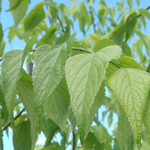
Celtis occidentalis ‘Ulzam’
Prairie sumac (Rhus lanceolata)
Tall shrub; leaves turn brilliant scarlet and orange in fall; berries high in vitamin C.
SOUTHWEST
Skunkbush sumac (Rhus trilobata)
Tolerates some drought; often single-sexed colonies formed from one parent; berries high in vitamin C.
Torrey wolfberry (Lycium torreyi)
Tolerates drought and heat; spiny, sprawling shrub with small leaves; brilliant red berries eaten by many bird species.
ROCKIES
Western sandcherry (Prunus pumila var. besseyi)
Sandy to clayey soils; partial shade; sprawling shrub; white flowers form cherry-like fruits in fall.
Western Mountain Ash (Sorbus sitchensis)
Large shrub/small tree; needs moist soil; flowers white; leaves yellow to red in fall; waxwings and other birds love berries.
PACIFIC NORTHWEST
California wax myrtle (Morella californica)
Tree-like shrub with glossy evergreen leaves; fragrant; does best in well-drained soils; can tolerate some salt spray.
Pink honeysuckle (Lonicera hispidula)
Tolerates flooding and clay soils; pink flowers; will grow as shrub or vine; very decorative.
Supersize It:
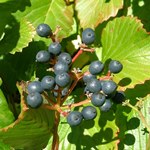
Viburnum dentatum ‘Rastzam’
A recent study by researchers at the University of Rhode Island revealed how much fat–a.k.a. bird fuel–is stored inside several different types of berries. Among the most astounding findings: Northern bayberry–the Big Mac of plants–is more than half fat.
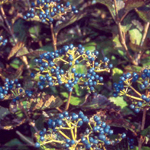
Viburnum dentatum x ‘Blubzam’
Plant % Fat
Northern bayberry (Morella [Myrica] pensylvanica) 50.3%
Southern arrowwood (Viburnum dentatum) 41.3%
Gray dogwood (Cornus racemosa) 39.9%
Northern spicebush (Lindera benzoin) 33.2%
American burningbush (Euonymus atropurpurea) 31.2%
Virginia creeper (Parthenocissus quinquefolia) 23.6%
]]>
